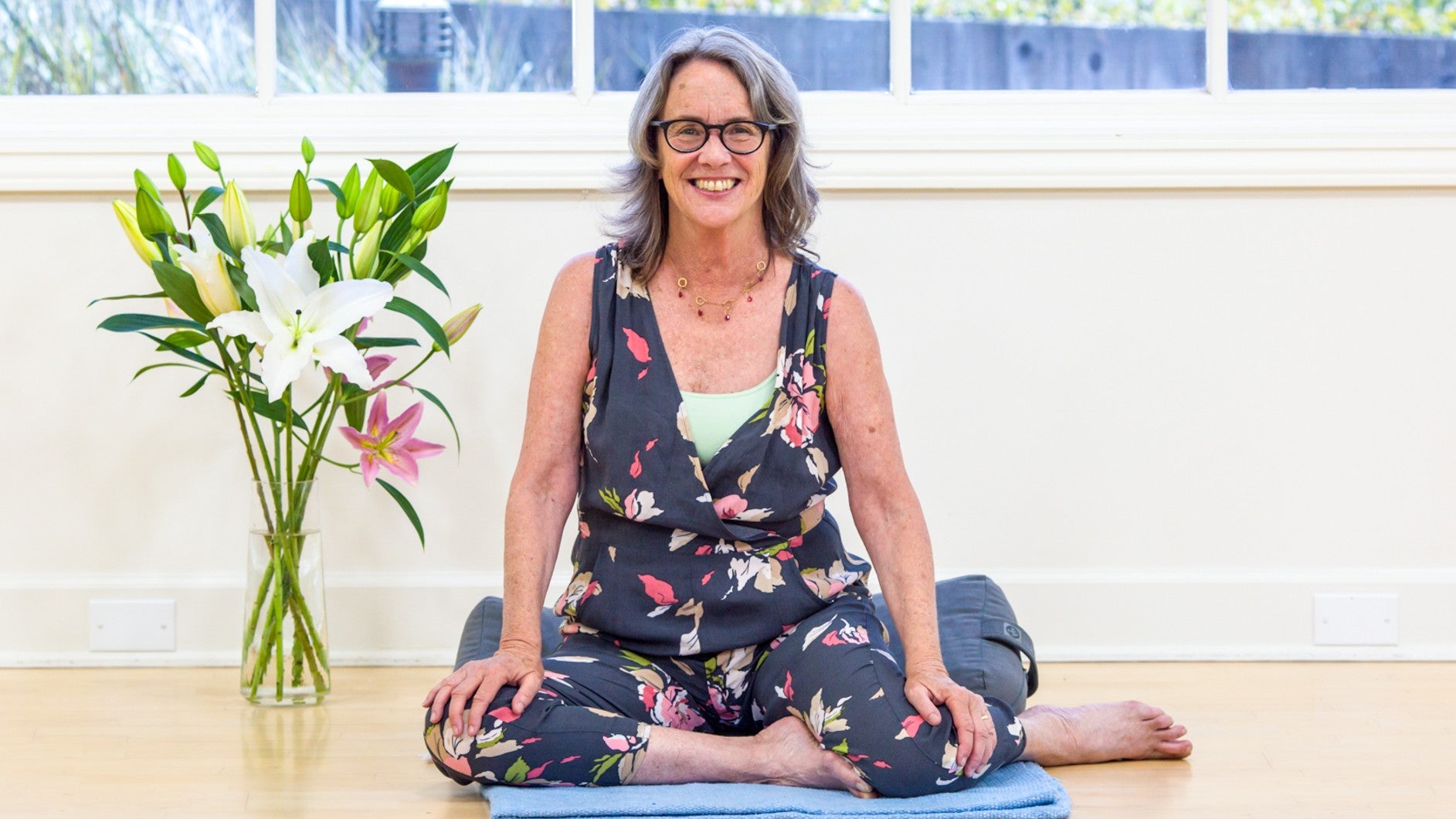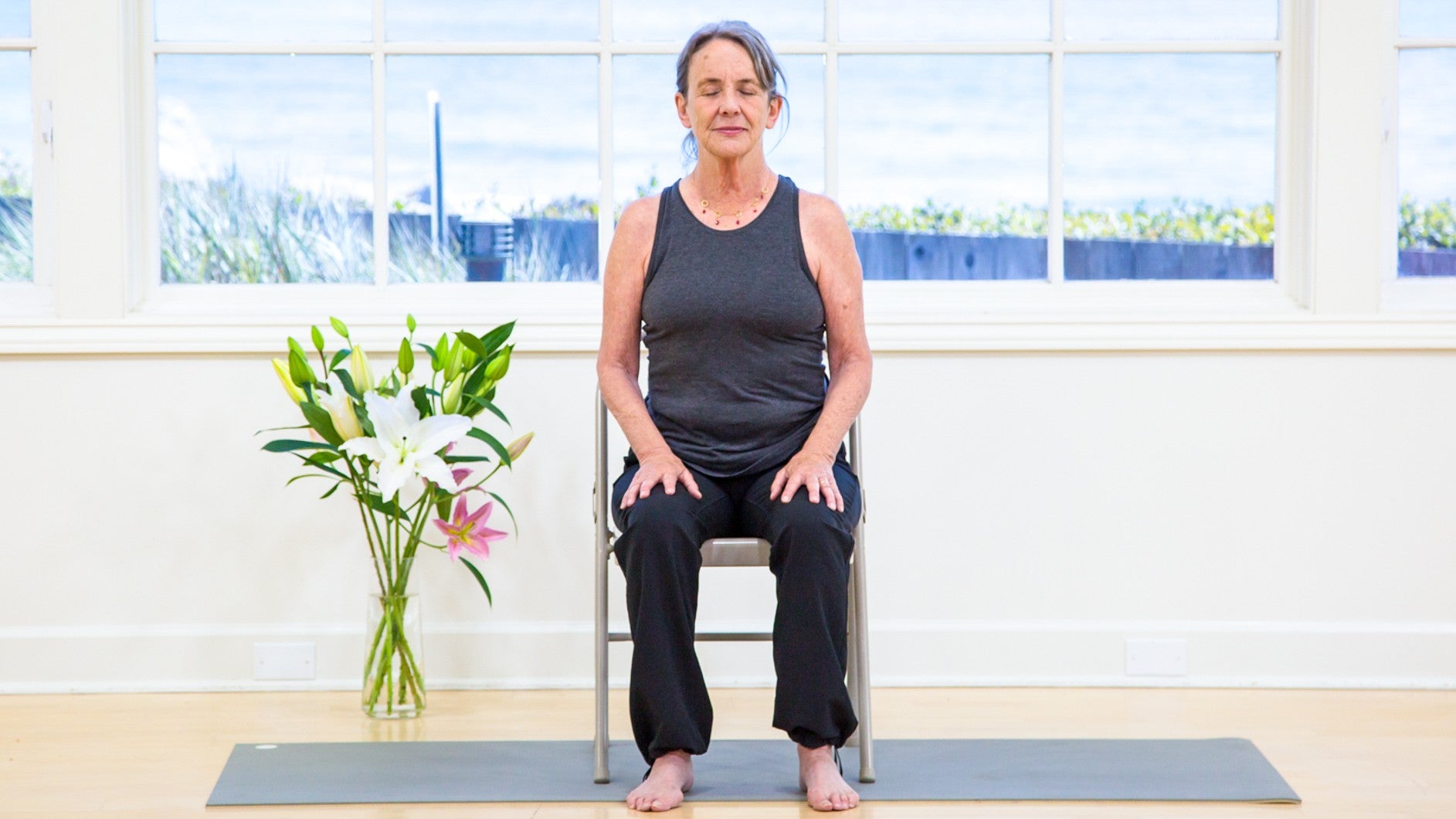
Reclaiming Calm: Yogic Tips to Reduce Anxiety
How many times have you heard the expression, “What’s eating you?” or asked yourself whether you’d be able to “stomach” the sight of something horrific? When you’re anxious do you feel nauseous, experience butterflies in your stomach, or have a sudden urge to evacuate the remainder of your lunch? These digestive metaphors remind us that so much of what and how we feel doesn’t come from our logical brain; it comes directly from our gut. Turns out there’s a reason for that: Our gut, which begins in the esophagus and extends all the way to the anus, is lined with millions of neurons, which make up, quite literally, a second brain. Called the enteric (or intestinal) brain, it communicates with our bigger, upstairs brain, relaying those “gut” feelings and providing clues to our mental and emotional states, according to Columbia University neurogastroenterologist Michael Gershon, MD, author of The Second Brain. It does that through the vagus nerve, the longest cranial nerve in the body, which is considered mission control for the parasympathetic (rest-and-digest) nervous system. The ancients might say that the vijnanamaya kosha (our intuitive, wisdom mind) is the vagus nerve of the subtle body.
The vagus nerve roams throughout the body, communicating with every internal organ, searching for signs of imbalance. But its connection to the enteric brain is what helps us receive and digest our emotions without too much interference from our logical mind. Yoga teaches us that by accessing the wisdom mind, we can learn to listen deeply and bear witness to what’s going on inside. When vagus nerve activity increases (researchers call that high vagal tone), the nervous system comes into balance more readily, allowing us to meet the challenges in our day-to-day with more ease and to return to calm a lot quicker.
On the other hand, persistent anxiety, unrelenting stress, depression, unprocessed emotions, and PTSD, as well as poor digestion, chronic fatigue, and inflammatory diseases are all signs that the nervous system is stuck on a fight-flight-freeze, deer-in-the-headlights response and the vagus nerve activity decreases. The good news? Yoga for anxiety and other mind-body practices can increase vagal tone, thereby dampening that frantic response of the sympathetic nervous system and reestablishing connection with the rest-and-digest response of the parasympathetic.
There’s so much more to learn about the vagus nerve than what we’ve discussed here, of course. If you’re interested, I recommend Stephen Porges’s book, The Pocket Guide to the Polyvagal Theory: The Transformative Power of Feeling Safe or Dr. Arielle Schwartz’s articles online.Yogic tips to reduce anxiety and increase vagal tone
- Slow down your breathing. The vagus nerve responds positively to slow, deliberate, abdominal breathing. Inhale fully but not forcefully for 3, 4, or 5 counts; pause at the top and then exhale the same number of counts. Pause and wait for the next inhale to come on its own. If your exhale ends before your counts are up, exhale through slightly parted lips, as though you’re slowly letting air out of your bicycle tire. At first you may not be able to pause without reengaging your anxious mind. Then don’t. Just keep the inhale and exhale going. You may find, with practice, that the pause will naturally occur (especially between the exhale and the inhale).
- Practice resistance breathing. Adding Ujjayi pranayama (Ocean-Sounding Breath) to your daily practice stimulates the rest-and-digest response of the parasympathetic.
- Make Noise. Hum, chant, sing, OM. Remember that the vagus nerve is connected to the vocal cords, so anything you can do to stimulate them, do it! The vibratory sound of OM is particularly beneficial.
- Turn on the cold water. Splash your face several times with cold water or, if you can stand it, turn the shower to cold and stand there for a couple breaths.
- Do some yoga. Moving the body can get you out of your head so that you can feel the sensations that arise instead of trying to interpret them. It may even help you notice your anxiety sooner.
- Connect with others. Send loving kindness to those you love and those who are hurting and in need of support. One study showed that positive emotions led to higher vagal tone and less anxiety. Reach out to friends, cuddle with your favorite pet, get out in nature—all ways of increasing all the feel-goods.
SOS Practice: Heart Breath with Jillian Pransky
Comments

You need to be a subscriber to post a comment.
Please Log In or Create an Account to start your free trial.

















